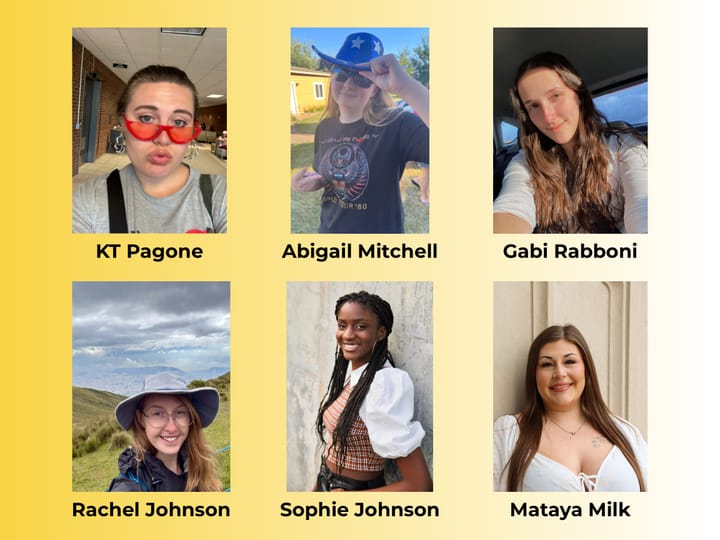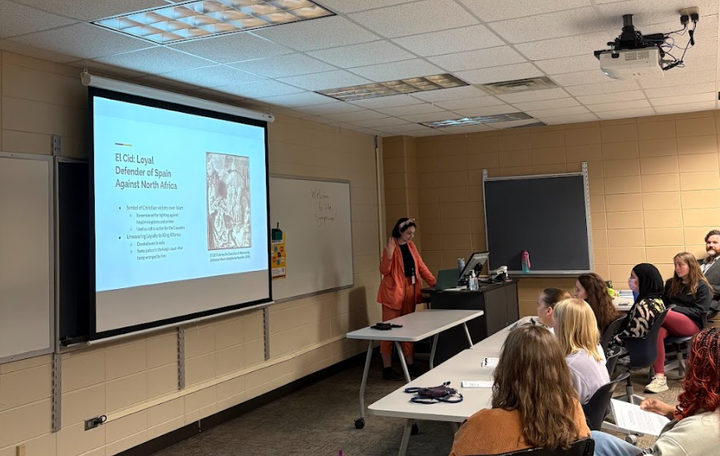‘Return to the Floating World’: an art review of 2020
Simplicity, simplicity, simplicity. Yet somehow it’s tied to the intricacy of etched paperwork. With her many earthy and beige color schemes, Johanna Mueller brought to life the emotional rollercoaster that was her 2020 experience in “Return to the Floating World.”
“It was a year full of emotions that often left me wondering where I was and whose life I was watching unfold, much like floating outside oneself,” Mueller said in her artist statement.
Mueller is a printmaker, artist and entrepreneur from Denver, Colorado. She received her Bachelor of Fine Arts in printmaking from the Metropolitan University of Denver and her masters in printmaking from George Mason University.
By focusing on the wildfires that spread across her home state of Colorado, Mueller captured the lost innocence in the lives of the wild animals affected by those fires. Additional work shows a more emotional, hopeful, human aspect of the world, but the main themes across all of Mueller’s work were the animals and their lack of life. In a sort of ethereal way, Mueller represented theatrical movements of the animals ‘floating’ in their own little worlds.
Mueller said she was inspired by Japanese Ukiyo-e prints with their “surreal landscapes and semi-abstract depictions of floating worlds and their inhabitants.”
While the inspiration was clear in her work, the more muted colors took on a midwestern plains persona, especially with the specific creations like the jackalope. The traditional Ukiyo-e prints also used more colors than Mueller, which separated her work from the style.
As most of Mueller’s pieces were the same India ink engravings on plain paper, the scenes tended to blur together. This made the gallery seem to interact with itself as the animals stared around the room at one another, but it was repetitive to view the same style of engraving over and over. Nearly every piece was dominated by the animal in question, surrounded by a minimalistic landscape of the same browns and greens. The form and composition of each piece varied slightly but tended to stick to this same style.
The ink engraving itself gave the pieces a more dynamic, lively appearance which made them appear fluid on the paper.
Two of the works displayed were crafted on long parchment paper, which extended about four to five feet. One scene captured the movement of a flock of birds, and the other was a combination style of different animals in grassland, appearing to sprint away from a yellow fog which is presumably the smog of the fires in Denver.
A piece of note was Mueller’s “Confluence,” which held more detail in its collage style engraving. A flock of birds looped around a central engraved ring, which seemed to represent a sort of coming together in the chaos that was 2020. The blues and greens in this engraving were slightly brighter together than most of the other pieces, which were mostly black and white with one additional color for contract.
Most of Mueller’s pieces did stick to her statement, which aimed to represent the “feelings of uncertainty, change, and distress seen in the world circa 2020.”
The gallery will be active until March 5 in the Eide/Dalrymple Gallery in the Center for Visual Arts.



